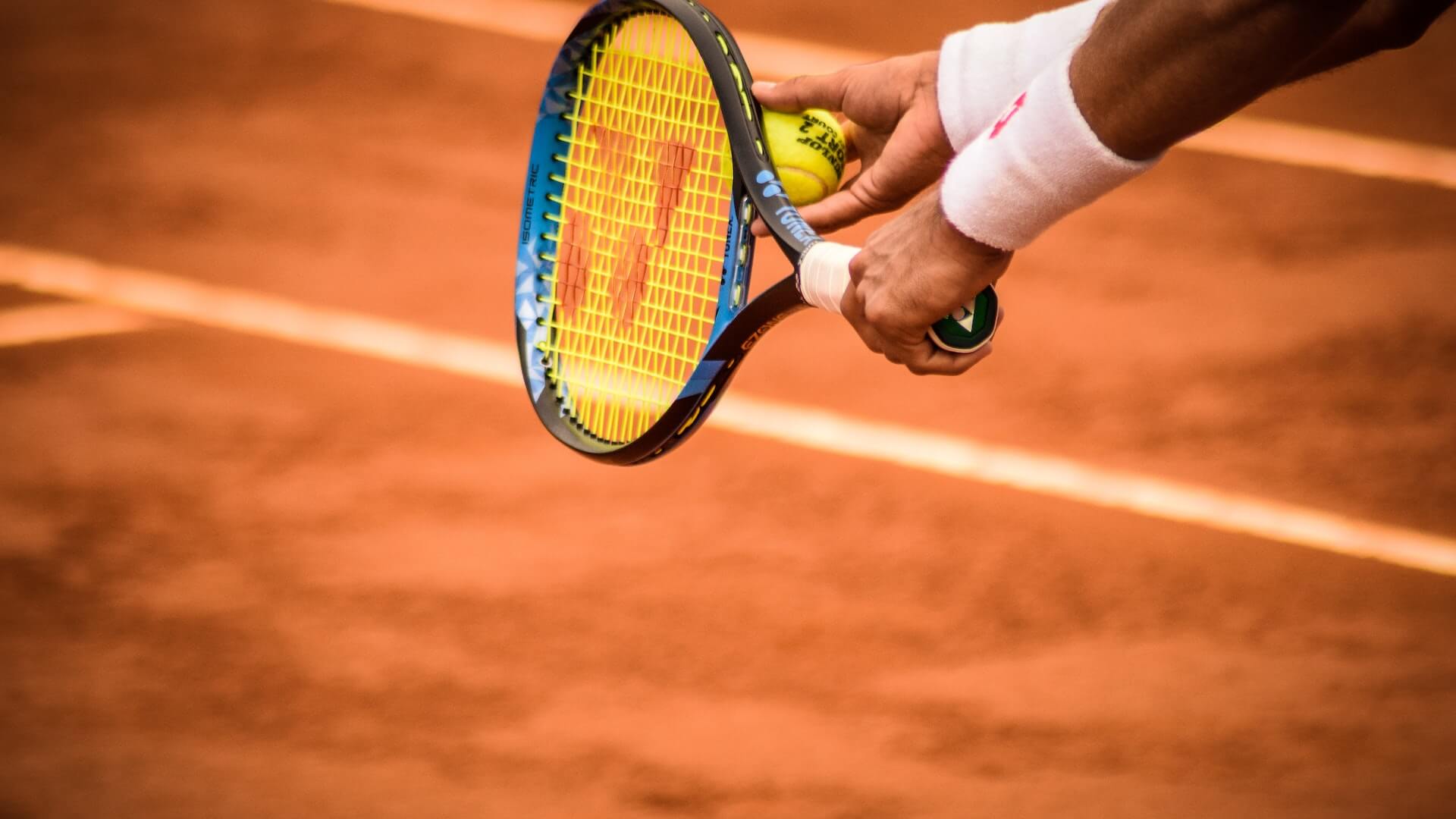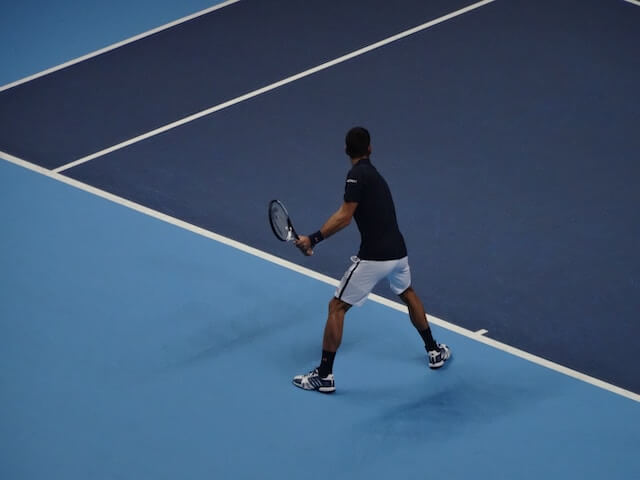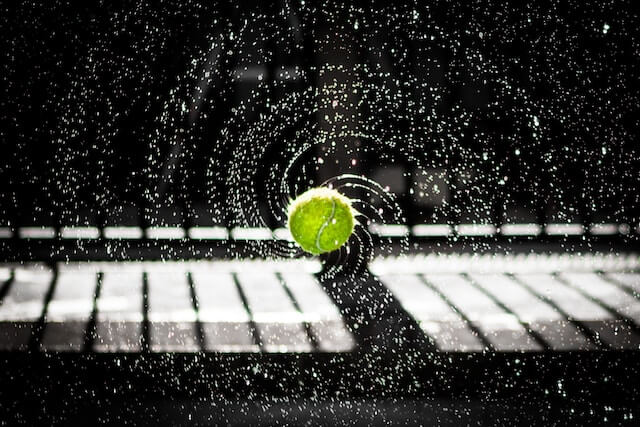
Big data is changing the way tennis stars train and play. And the key to success is gathering all the information and turning it into valuable material that athletes can use to further improve their game.
Craig O'Shannessy, official strategy analyst for Novak Djokovic, the ATP Tour champion and one of tennis' greatest players of all time, says the efficient use of data in the build-up to a tournament can make a big difference to the outcome.
Using the ATP London Finals as an example, O'Shannessy explained how he used various tools to help Djokovic master the powerful weapon of data. Take, for example, one of the Infosys tennis platforms, a tool first used at the 2019 ATP Tour event.
The platform provides a portal for players and coaches to easily access advanced analytics with relevant videos. With a combination of artificial intelligence and machine learning, the portal is able to map big data to video content that impacts tournament results. Players and coaches can build more than 1,000 combinations using more than 10 filters to analyze performance and summarize potential strengths and weaknesses of opponents.

O'Shannessy says the data-driven portal can quickly edit video content while compiling custom playlists. The ability to react so quickly is "very important" and can easily identify key points of victory within as little as 20 minutes after a game, a potential competitive advantage for players.
O'Shannessy also uses Tennis Analytics, a tool that provides game and technical analysis for top professionals. From a coach's perspective, he explained, the only way to really get valuable information is to follow the video content properly and use analytics.
He said, "There is simply no point in watching a match again in chronological order. To successfully learn from the experience, we need to simplify and extract the video content to ensure that athletes can grasp the key points in the video, the numbers and the data sheet in less than five minutes. In other words, the most important thing is to identify which 10 or 15 points are most critical and use that as a basis to overcome their shortcomings in the upcoming subsequent races."
He stressed that "we need to remember the origins of the sport and also look ahead to where the sport is going. Before 1991, there was nothing we could do - because there was no analytical capability. Now, we can follow the performance of players with the help of technological tools. I want to be able to digitally analyze everything in detail using emerging technologies."

It's all quietly happening off the tennis court. He said, "I have a lot of video footage and analysis about each of Djokovic's court opponents. That way, the opponent can't do anything on the court that Djokovic didn't expect. So, can these techniques bring a point up in the game? Definitely. And two points? Not a problem either. For a three-set match, I think the value of the technique could be between five and 10 points."
Other experts also say the tennis world does have a fairly open mind about technology. Chris Brauer, director of innovation at the Institute of Management Studies at Goldsmiths, University of London, said that although his research has little to do with tennis, he still highly appreciates the positive and innovative stance shown by tennis practitioners such as O'Shannessy.
He noted, "He was able to systematically ask questions and put together a set of insights that gave a clear view of what was happening on the court. This is the core difference between a data-driven approach to tennis analysis and the previous approach based entirely on intuition or experience - while the old approach is valuable, it can also easily lead us humans into misconceptions."
ATP umpire Ali Nili, also a tennis veteran, also sensed the widespread use of pioneering technology in tennis. He mentioned the online scoring mechanism that tennis is currently experimenting with, while chatting about the Hawk-Eye technology that was used 15 years ago to provide automatic ball path alerts to umpires.

Nili noted, "You can see that a lot of highly popular sports are experimenting with Hawk-Eye and other legacy technologies. These are our firsts, and we hope the tennis community will continue this courage to explore innovation and try new things."
Experts also noted that the next area of development for tennis is likely to focus on the connectivity dimension, specifically the installation of IoT sensors on the tennis ball and on the players. These sensors will provide more detailed data to players, coaches and other related groups, including broadcasters and fans.
In fact, a number of other sports, represented by golf, have already made groundbreaking advances in the IoT space. For connectivity-related technologies, the tennis world needs to catch up fast to keep up. But looking back at the illustrious history of innovation, Brauer believes tennis still has an advantage and is well positioned to continue to closely align its development with innovation.
Almost every day," he said, "new technologies emerge that help move the game forward. In tennis, top coaches, players and stakeholders have all taken the plunge. This insight and analytical capability has been a fundamental game changer and we look forward to more exciting advances in the future."
